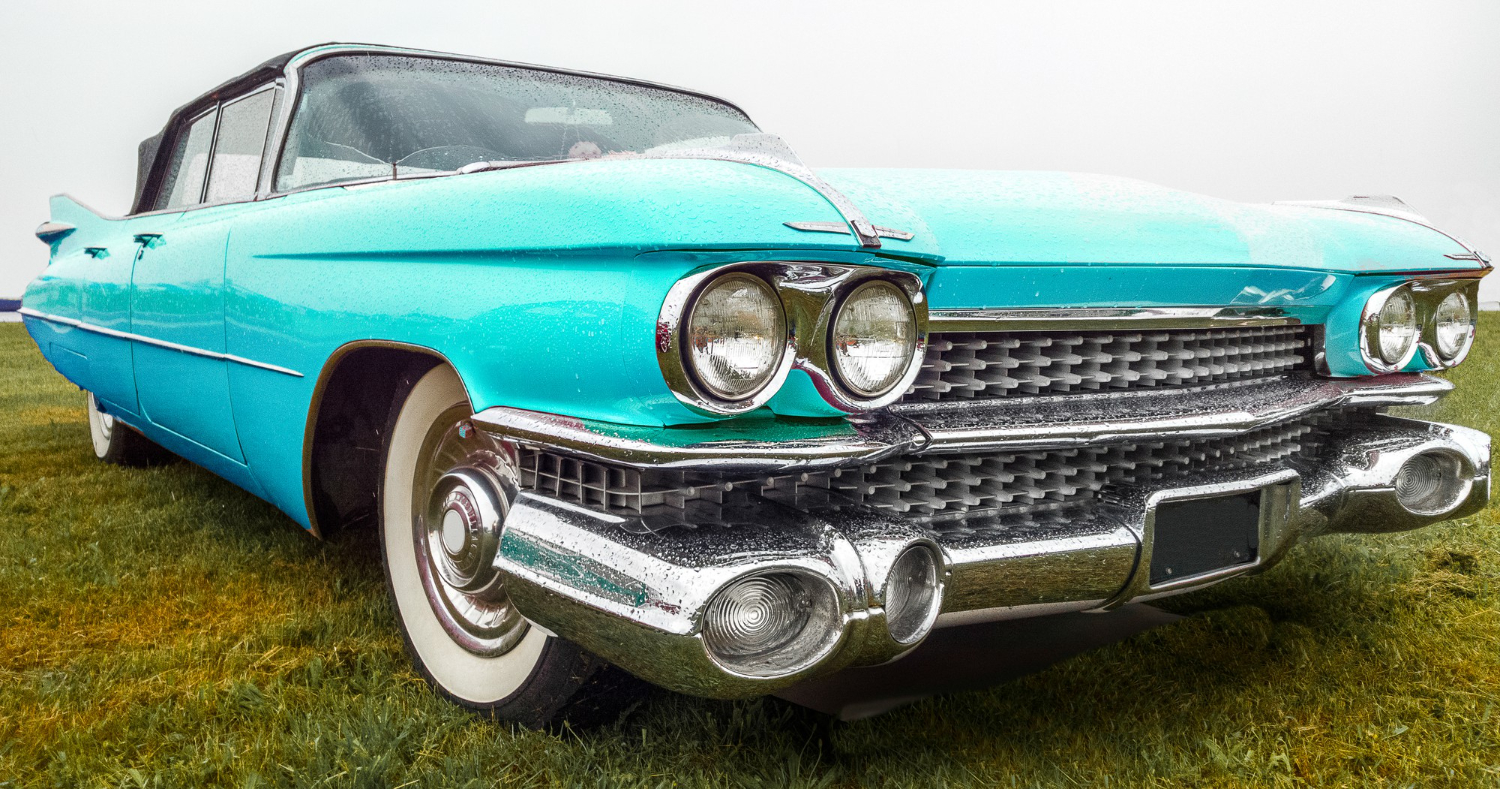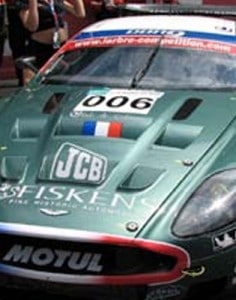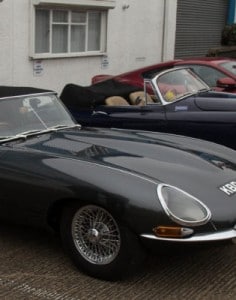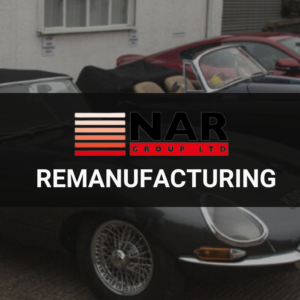Classic cars are not only automobiles; they represent history, honour the skill of bygone eras, and are a passion project for many. Despite our admiration for their appeal, having a classic car also brings difficulties. If you have been fortunate to obtain a stunning vintage car, you have likely encountered some of the unique characteristics and issues that accompany it. In this blog post, we will examine five typical problems that vintage cars often face and discuss solutions to ensure your classic vehicle remains functional for many years.
Engine Problems
When dealing with classic cars, experiencing engine issues is practically a tradition. These machines have been in existence for many years, and their engines have experienced numerous miles, varying weather conditions, and possibly a few neglectful owners. Consequently, older engines frequently experience issues such as overheating, starting difficulties, or rough idling. Let’s explore certain problems and solutions.
Overheating Often
A frequent issue raised by individuals who own classic cars is that their engines have a tendency to get too hot. Engines in the past were designed for a time when traffic and long periods of idling were less common than it is today. The strain of modern traffic can overwork the cooling systems, and so a blocked radiator, a faulty water pump, or corrosion in the cooling system could all lead to potential overheating.
To tackle the issue, begin by examining the radiator. Consider upgrading to a new or high-performance radiator for better cooling efficiency. Replacing old hoses and flushing the coolant system can also have a notable impact. If the problem lies with your water pump, swapping it out with a top-notch part can guarantee that coolant circulates correctly in the engine.
Brakes Not Working
Another common problem is brakes that do not work. Drum brakes, commonly found in older vehicles, were once reliable but are now less efficient compared to contemporary brake systems. As time passes, drum brakes may become less effective as the brake shoes wear out or because of leaks in the fluid. You will notice a problem if you observe the brakes on your vehicle feeling spongy or not as efficient as usual, and therefore it is crucial to address the problem promptly.
In order to address the issue, begin by checking the level of brake fluid as a lack of fluid could lead to decreased braking effectiveness. Examine the brake lines for any signs of leaks or harm, and change out worn brake shoes if needed. Consider upgrading to a newer braking system if you intend to use your vintage car frequently. This will enhance safety and increase your confidence in the car’s performance while driving.
Electrical Wiring Issues
Old classic cars frequently have old or decaying wiring systems that can cause various problems, such as lights blinking or a total electrical breakdown. Electrical issues are especially irritating as they can be challenging to pinpoint and fix, especially in older cars with scarce wiring diagrams.
What to Do: Begin by checking the wiring harness for any signs of visible damage or wear to address the issue. If wires are easily breakable or worn out, they should be switched out. If the existing wiring is in bad condition, think about putting in a new wiring kit. This will not only guarantee dependability but also stop electrical fires caused by short circuits. NAR Group provides dependable replacement parts for vintage car electrical requirements, suitable for various classic models.
Wheel Damage or Bubbling
Wheel damage is a frequent problem seen in classic cars, especially related to bubbles, or flaking on the wheels. Rims that are old are frequently susceptible to rust or harm from use and exposure to the elements, leading to potential effects on both the appearance and safety of your vehicle.
How to Fix: If bubbling is noticed, refinishing, or replacing the rims may be required. Powder coating is an excellent option for vintage car wheels as it provides a durable, rust-resistant finish that is able to endure different environments. Consider working together with a professional who specialises in classic car parts to ensure the tyres are properly aligned and balanced.
Damage Caused to The Paint
When dealing with vintage vehicles, it’s nearly inevitable that paint will be damaged. Worn paint, chipping, and scratches can take away from the appeal of your vintage vehicle. Aged paint is more susceptible to UV damage and requires additional maintenance because it lacks modern protective coatings.
How to Repair It: You can fix paint damage by yourself, but for optimal outcomes, think about having your car repainted by a professional. Employing top-of-the-line paints and protective clear coatings can halt additional harm and maintain your car’s appearance in pristine condition. Paint restoration experts can often replicate vintage colours and finishes to restore a classic car’s original appearance.
Conclusion
Having a classic car can provide much joy, but it also poses unique hurdles. Old cars require a great deal of maintenance and upkeep to ensure they remain in excellent condition, such as avoiding overheating, brake malfunctions, electrical problems, wheel issues, and paint decay. Luckily, by having the appropriate expertise and high-quality components, you can address these typical problems and keep on relishing your beloved automotive relic.
Be sure to check out NAR Group for a variety of classic car parts and accessories, such as radiators, electrical parts, performance components, and restoration materials. With patience and the right tools, it is possible to preserve the performance and look of your classic car over an extended period.





